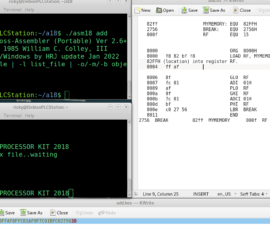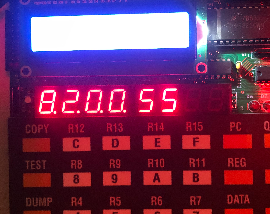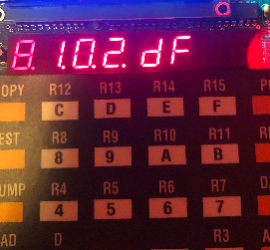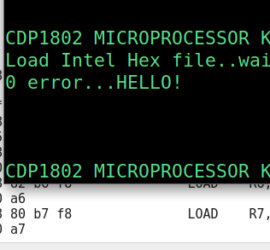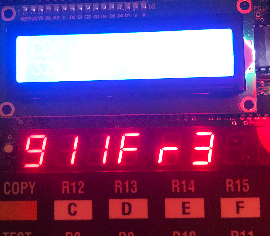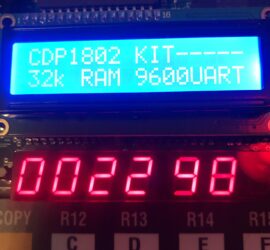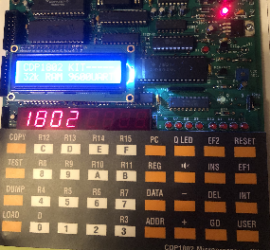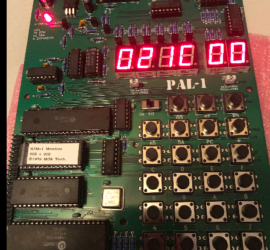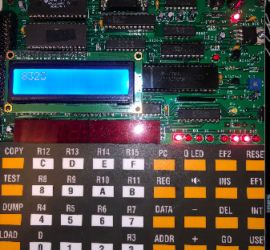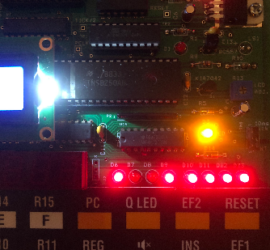COSMAC 1802 Addition Instructions
Introduction to the COSMAC 1802 Addition Instructions There are four COSMAC 1802 Addition Instructions: ADD, ADI, ADC, and ADCI. In this section we’ll take a closer look at each one of these instructions. Basically, the ADD statement will add a memory location to the value in the accumulator. The ADI Read More »

